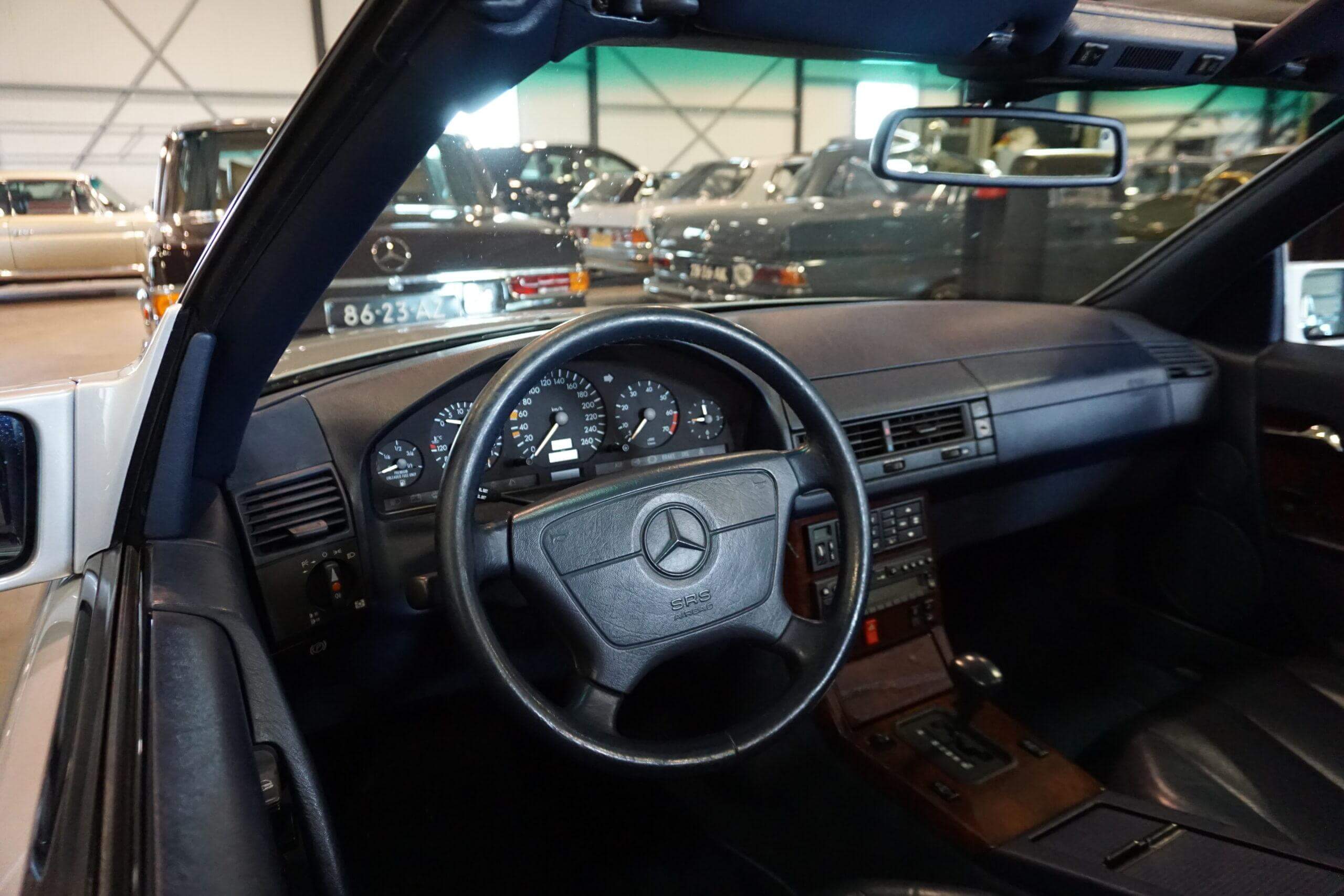Introductie en historie Mercedes-Benz R116
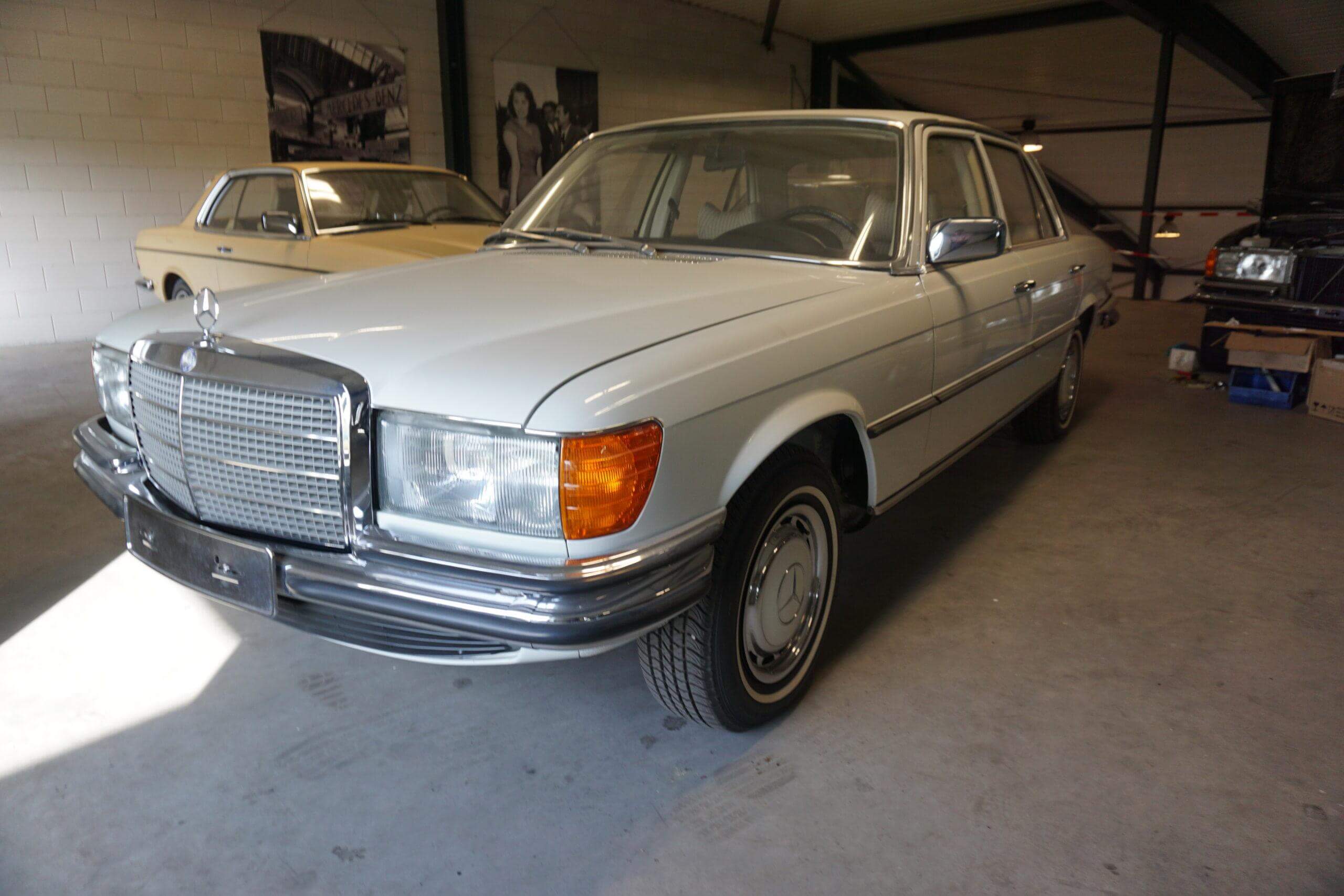
Introduction and History of the Mercedes-Benz W116 (1972–1980)
The Mercedes-Benz W116 series marked the beginning of a new era. Introduced in 1972, it was the first model officially designated as the S-Class (“Sonderklasse” or “Special Class”). The W116 replaced the W108/W109 range and set a new standard for luxury, safety, and performance in executive sedans.
Development and Design
Development began in the late 1960s under the guidance of Mercedes-Benz’s design chief Friedrich Geiger, later continued by Bruno Sacco.
Launched in September 1972, it was designed from the ground up as a luxury flagship rather than evolving from previous models.
Design featured:
A long, low and wide stance
Ribbed taillights (to stay cleaner in rain and snow)
Horizontal grille, stacked headlights
Integrated safety bumpers
A strong focus on passenger safety, with crumple zones, reinforced cabins, and pioneering fuel tank placement above the rear axle for crash protection.
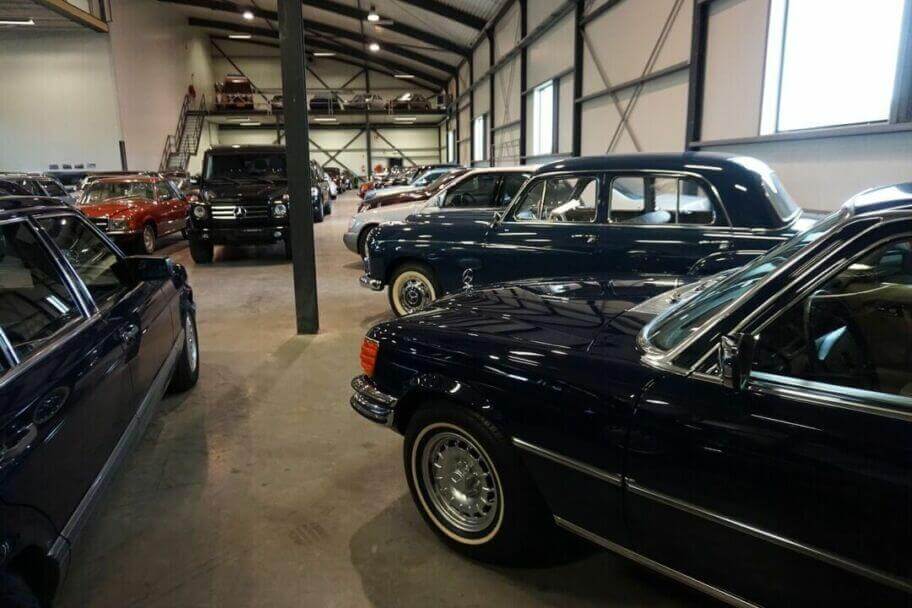
Position in the Mercedes Lineup
The W116 was the spiritual and technical successor to the W108/W109 series but introduced many innovations that would define the S-Class legacy for decades. It was built on a completely new platform, with modern suspension and safety systems.
Powertrains and Versions
At launch in 1972, the W116 featured a range of 6-cylinder and 8-cylinder engines:
| Model | Engine | Power | Notes |
|---|---|---|---|
| 280 S | 2.8L I6 (carbureted) | ~160 hp | Entry-level |
| 280 SE | 2.8L I6 (injected) | ~185 hp | More refined |
| 350 SE / 350 SEL | 3.5L V8 | ~200 hp | Early V8 option |
| 450 SE / 450 SEL | 4.5L V8 | ~225 hp | Flagship in most markets |
| 450 SEL 6.9 | 6.9L V8 | 286–300 hp | Super-sedan (see below) |
| 300 SD (USA/Canada only) | 3.0L 5-cyl Turbo Diesel | ~111 hp | First turbo-diesel passenger car |
SEL models featured extended wheelbases (+100 mm) for improved rear legroom.
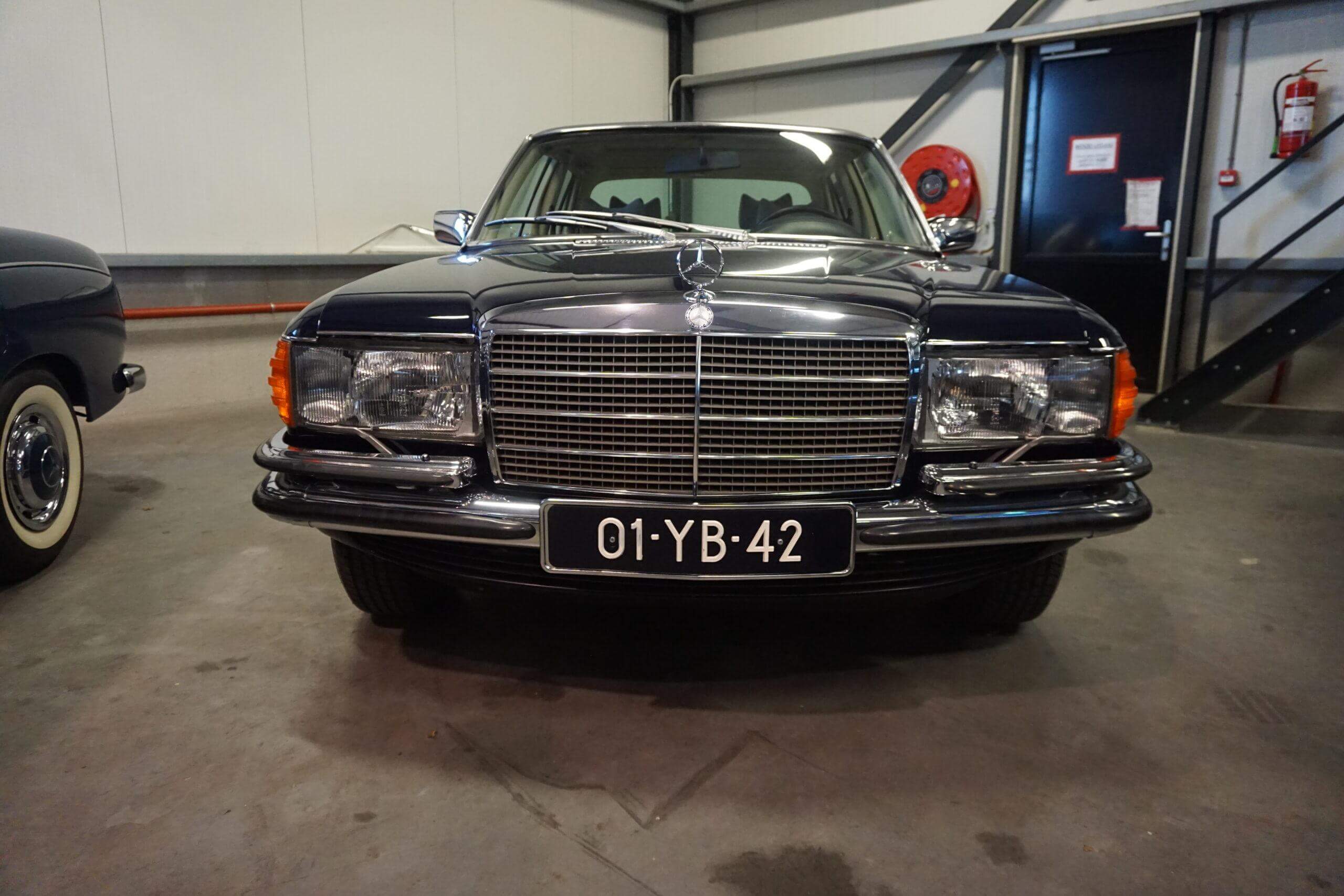
Technical Innovations
Double-wishbone front suspension for superior ride and handling
Hydropneumatic self-leveling rear suspension (450 SEL 6.9)
Anti-lock Braking System (ABS) co-developed with Bosch — first appeared on the 450 SEL 6.9 in 1978
Improved passive safety, deformable crash zones, and padded dashboards
Highly refined climate control systems, power accessories, and automatic transmissions
Use of fire-retardant interior materials and energy-absorbing steering columns
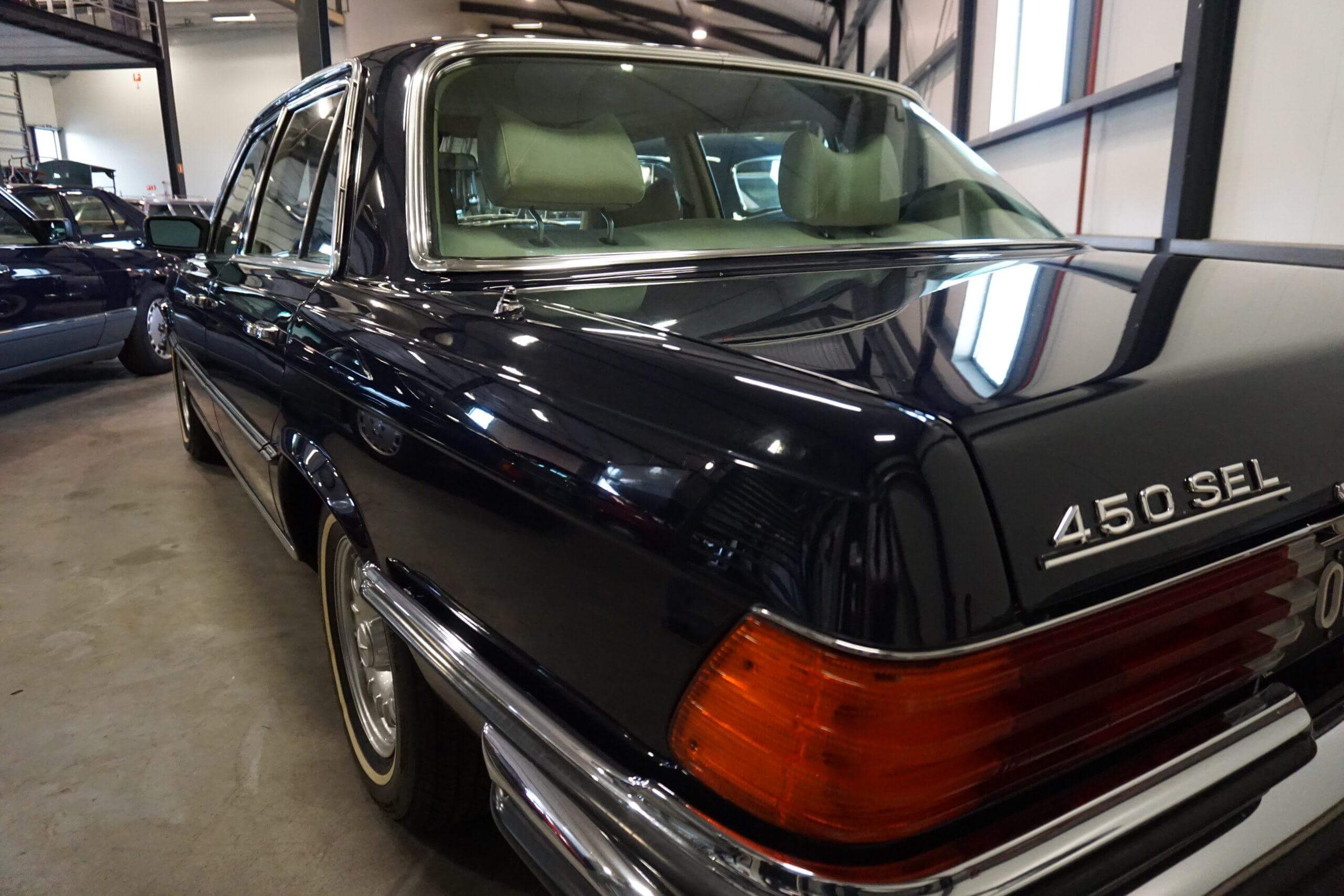
The 450 SEL 6.9 — The Beast Within
Introduced in 1975, the 450 SEL 6.9 was the top-of-the-line model and a technological tour de force.
Based on the 450 SEL, but fitted with a hand-built 6.9L M100 V8 derived from the Mercedes 600 (W100).
Featured a hydropneumatic suspension system, power everything, and incredible performance for a luxury sedan.
0–100 km/h in just 7.4 seconds, top speed over 225 km/h.
Widely regarded as one of the greatest super sedans of the 1970s — a true rival to contemporary sports cars.
The World’s First Turbo-Diesel Sedan
In 1978, Mercedes launched the 300 SD for the North American market.
It was the world’s first production turbo-diesel passenger car.
Created in response to the U.S. fuel economy and emissions regulations during the oil crisis.
While slow compared to gasoline models, it offered excellent economy and durability.
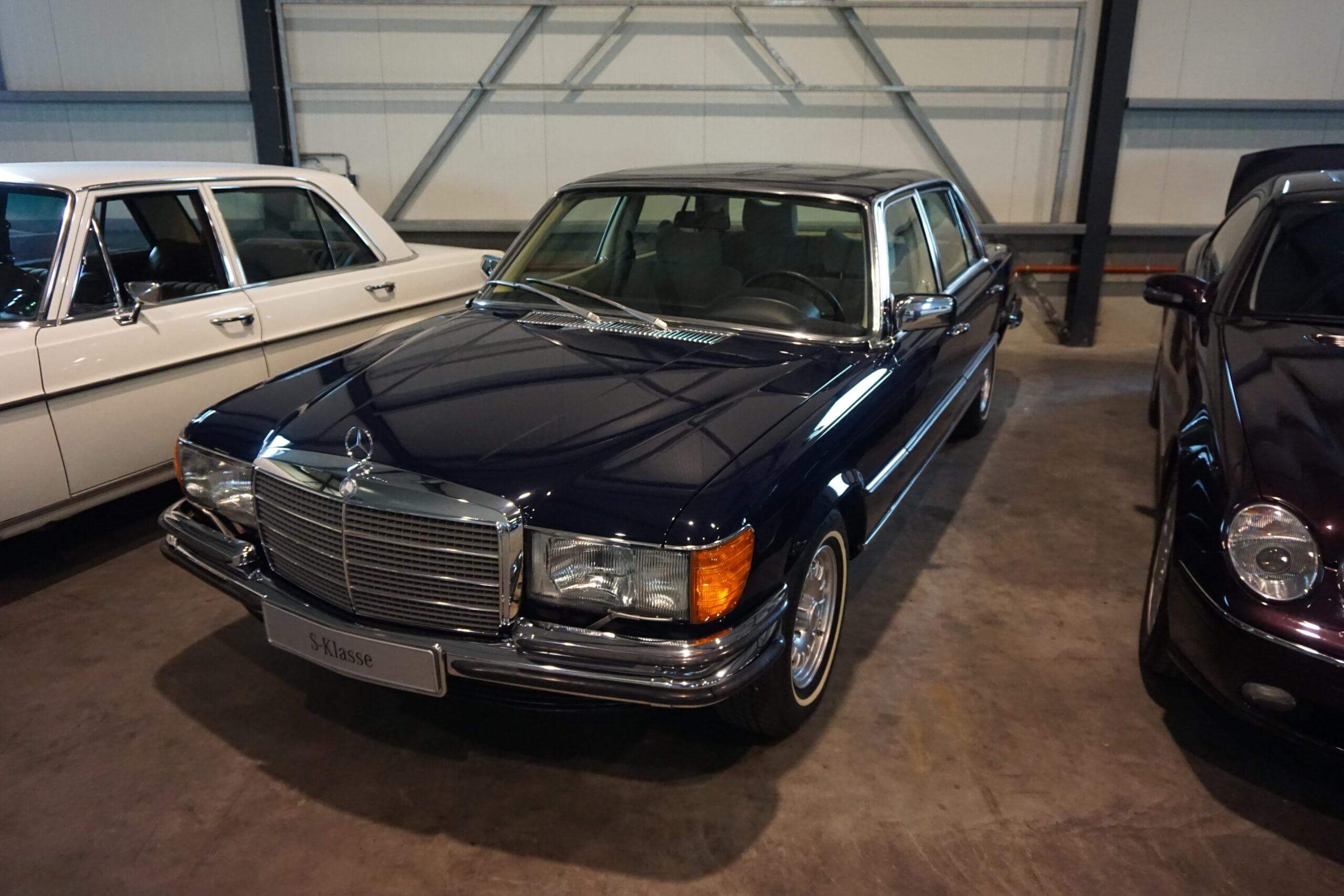
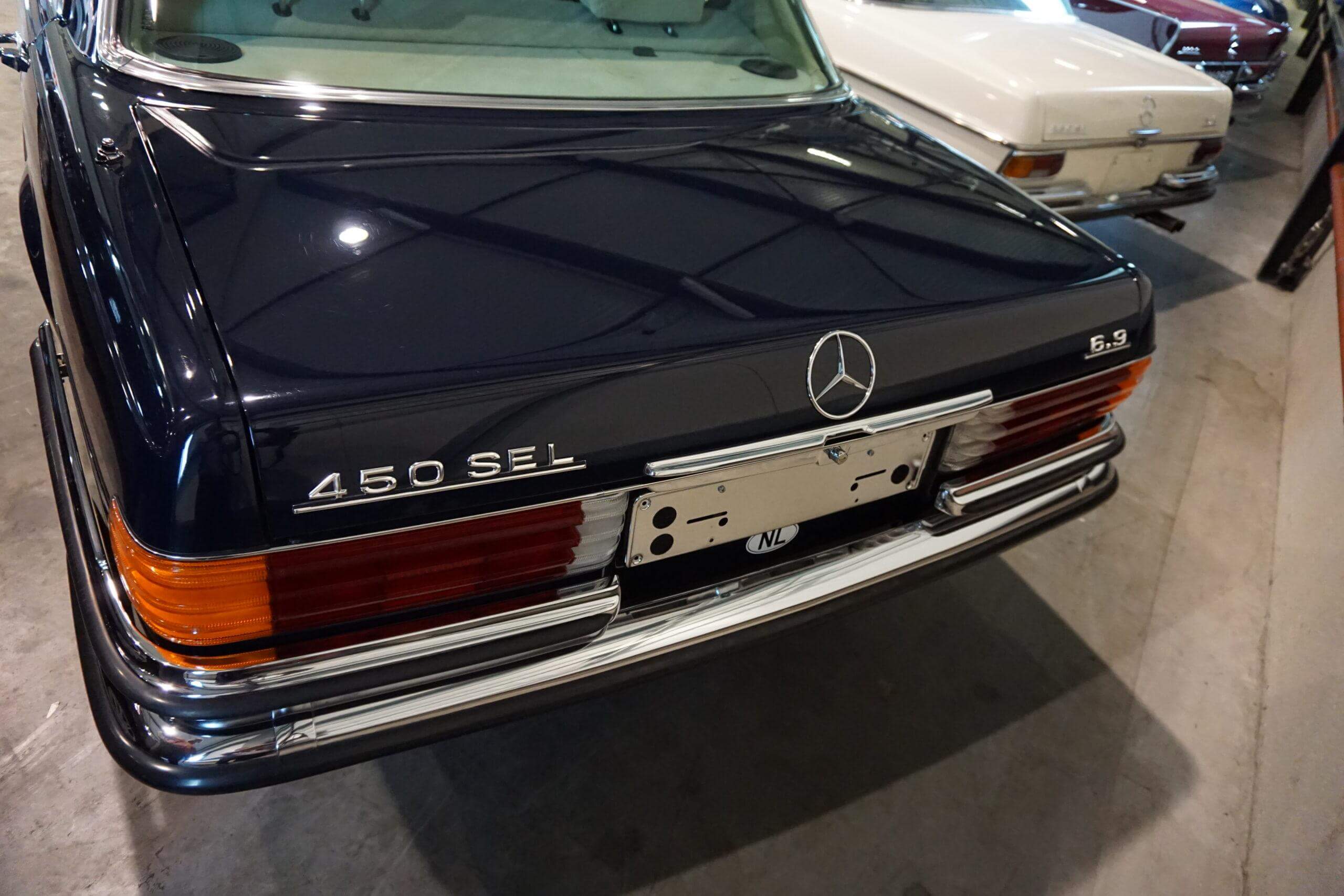

Production and Legacy
| Production Years | 1972–1980 |
|---|---|
| Total Units Built | 473,035 |
| Model | Units Produced |
|---|---|
| 280 S / SE / SEL | ~345,000 |
| 350 SE / SEL | ~56,000 |
| 450 SE / SEL | ~59,000 |
| 450 SEL 6.9 | 7,380 |
| 300 SD (North America only) | ~28,000 |
Legacy of the W116
The W116 laid the foundation for everything the S-Class represents today: innovation, luxury, safety, and understated power.
It was the first car to offer ABS brakes (from 1978), setting a trend in active safety.
Known for its solid build quality, stately presence, and smooth long-distance cruising ability.
The 450 SEL 6.9 became a legend — often seen in executive fleets, diplomatic service, and even movies like Ronin.
Still beloved by collectors, especially well-kept 6.9 and 300 SD models.
